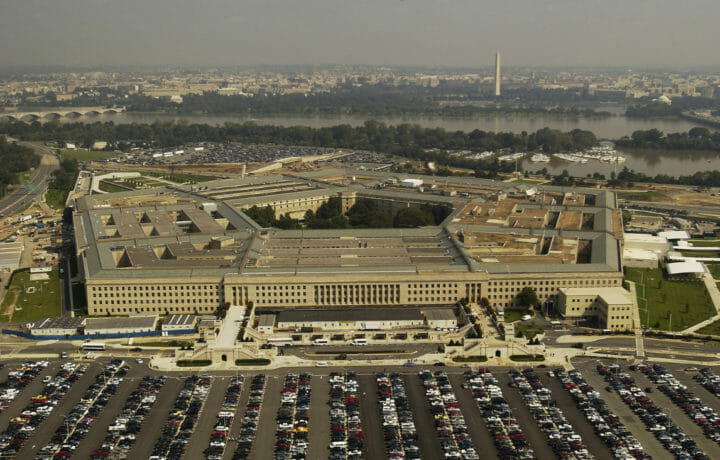The U.S. military supply chain issues are not something new. For decades, weather, climate changes, cyber-attacks, power outages, and budget and labor constraints have all had an impact on getting supplies, parts, and equipment to our nation’s military so that they can continue to work at keeping our nation safe and secure.
Supply Chain Fragility
But one thing the COVID-19 pandemic did was to bring to light just how fragile our nation’s military supply lines are and the far-reaching and lasting implications it had (and continues to have) on both our economy and national defense. Because of this fragility, in February 2022, President Biden issued Executive Order 14017 titled America’s Supply Chains with a goal “to help build resilient, diverse, and secure supply chains to ensure our economic prosperity and national security.” In response, the Department of Defense (DoD) developed an action plan on how it would implement its portion of that Executive Order.
The DoD’s overall goal with their action plan is to build resilient, competitive, sustainable and secure supply chain systems. In regard to resiliency, Deputy Secretary of Defense Dr. Kathleen Hicks said in a report, “Supply chain resiliency is vital to the Defense Department. We will prioritize cooperation with our defense industrial base and with all others who have a stake in our national and economic security to collaboratively safeguard global market integrity and strengthen defense critical supply chains.” In an effort to work toward their goal, the DoD will first focus on four supply chain and four enabler areas.
Supply Chain Focus Areas
Given the breadth, depth and scale of defense supply chains, the DOD prioritized four focus areas in which critical vulnerabilities pose the most pressing threat to national security. These focus areas are:
- Kinetic capabilities – Current and developing missiles systems, including hypersonic and directed energy systems
- Energy storage and batteries – High-capacity batteries, with a particular focus on lithium batteries
- Castings and forgings – Metals and composites, along with the manufacturing processes used, to develop key parts and the tools used to manufacture the parts
- Microelectronics – Updating State-of-the-Practice (SOTP), creating new State-of the-Art (SOTA) and upgrading relevant legacy production systems to meet current and emerging demands
Focus Area Enablers
For all four key focus areas to work as efficiently as possible, strategic underlying enablers are required for mission success. Fragility or gaps in these enablers increase operational and strategic risk and each are critical to building overall supply chain resilience. The strategic enablers in focus are:
- Workforce – An upgrading at all levels, trade through doctoral-level engineering
- Cyber posture – Updating and hardening industrial security, counterintelligence, and cybersecurity systems
- Manufacturing – Reviewing current and advanced manufacturing practices, including additive manufacturing to ensure they are as efficient as possible given the resources available
- Small business – Increasing the role of key members in the DoD supply chain systems. These range from one-person independent contractors to larger small businesses working as subcontractors to prime contractors
DoD Recommendations
In addition to the supply chain focus areas and enablers, the DoD also made these five recommendations in their action plan:
- Treat supply chain security as a defense strategic priority, meaning there should be a “statutory requirement for a department-wide risk assessment strategy and system for continuous monitoring, assessing and mitigating risk in the defense supply chain.
- Use commercially available tools to map the supply chain to increase visibility and identify vulnerabilities.
- Reduce reliance on adversaries for resources and manufactured goods especially from China
- Engage in a partnership with private industry and domestic manufacturing companies to incentivize and increase capability stateside, while also leveraging partnerships with allies.
- Deploy American innovation to source and secure the supply chain of rare earth elements.
The DoD realizes this is a long-term initiative, but they know they have to start somewhere and sometime … and that time is now. Former acting Undersecretary of Defense for Acquisition and Sustainment Gregory Kausner was quoted as saying, “We are working to solve a problem that took 50 years to evolve.”
It won’t be easy or quick, and it will be expensive. But these first steps are necessary to ensure our supply chains will not be used as a weapon against us in the future or degrade our national security in any way.




